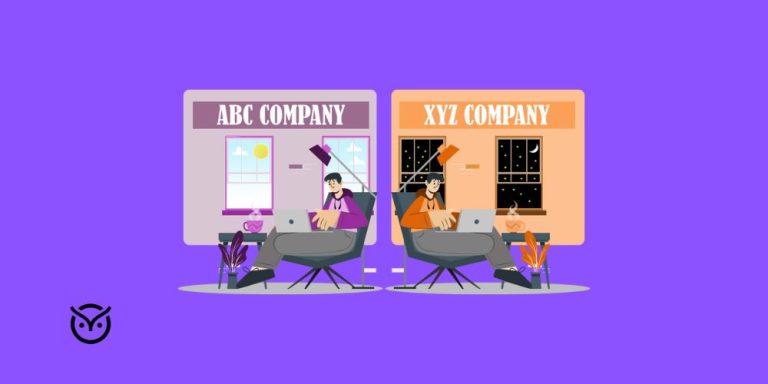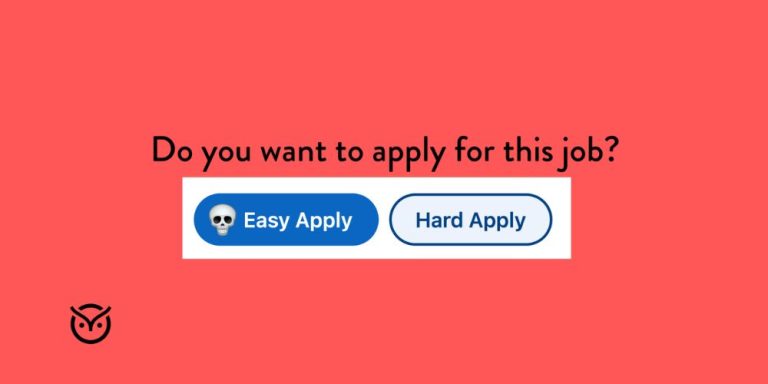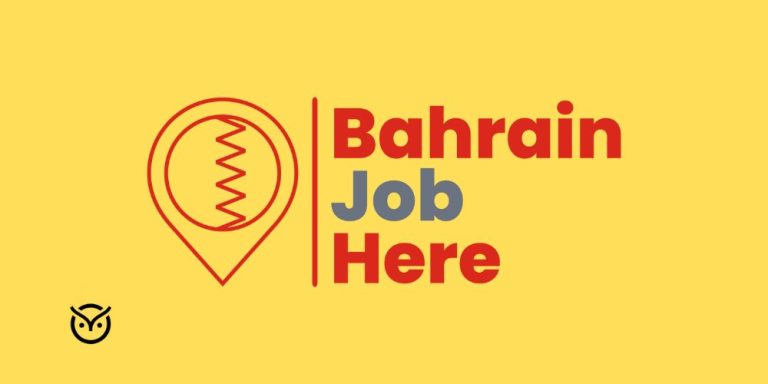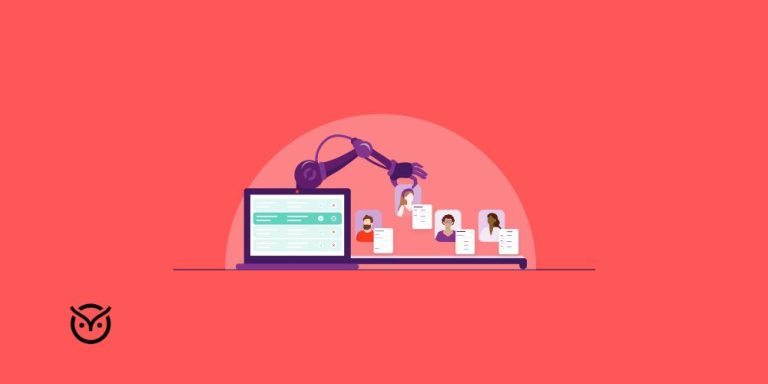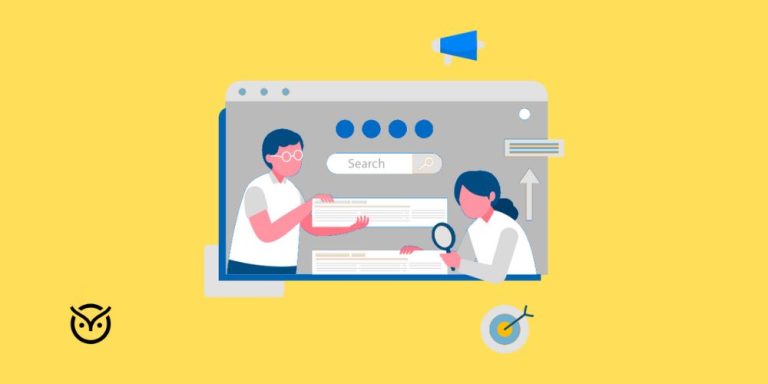How to Find Easy Apply Jobs on LinkedIn

TL;DR
- How to find easy apply jobs on LinkedIn: use filters & the “Easy Apply” option
- Easy Apply jobs let you apply fast with profile + resume
- Personalize where possible to stand out
- Avoid applying randomly because quality > quantity
- Use smart habits to improve your success rate
You’ve probably spent hours scrolling through LinkedIn, hoping to find something you can click “apply” on quickly. That’s the struggle because job searching is tedious, and many roles force you through long application forms. How to find easy apply jobs on LinkedIn becomes a burning question when you just want a fast and efficient way to apply.
In this blog, you’ll see exactly what LinkedIn Easy Apply jobs are, a step-by-step method to find them, tips to increase your chances, mistakes to avoid, and why this method can be a useful tool in your job search.
What Are LinkedIn Easy Apply Jobs?
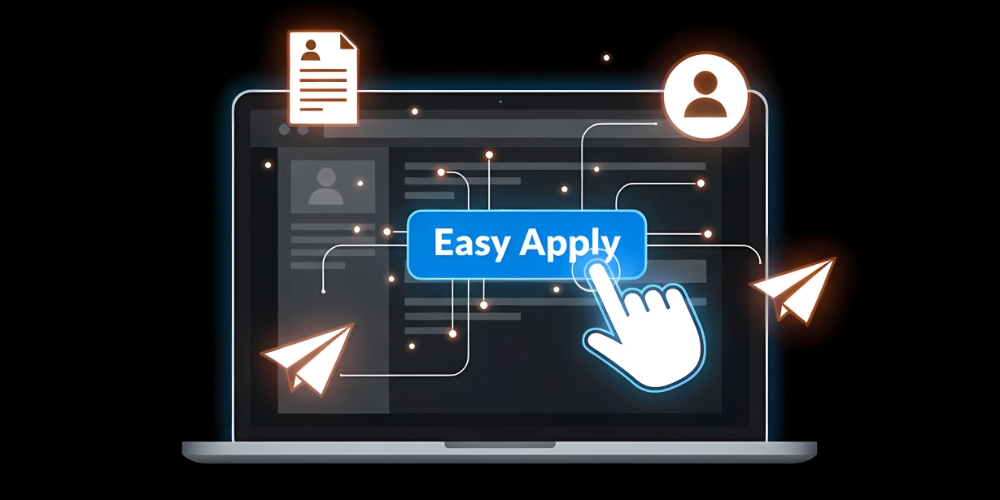
“Easy Apply” on LinkedIn is a shortcut. Instead of filling long forms or being redirected to external websites, these roles let you submit your LinkedIn profile (and a resume) with just a few clicks. It’s designed to reduce friction and encourage more applications.
Because of that simplicity, many companies get a flood of applications. Some good, some not so good. That’s part of the trade-off. Easy Apply doesn’t always let you provide extra context (cover letters, detailed responses). It’s often used for high-volume entry-level roles or roles where recruiters want to lower barriers to entry.
How to Find Easy Apply Jobs on LinkedIn (Step-by-Step)
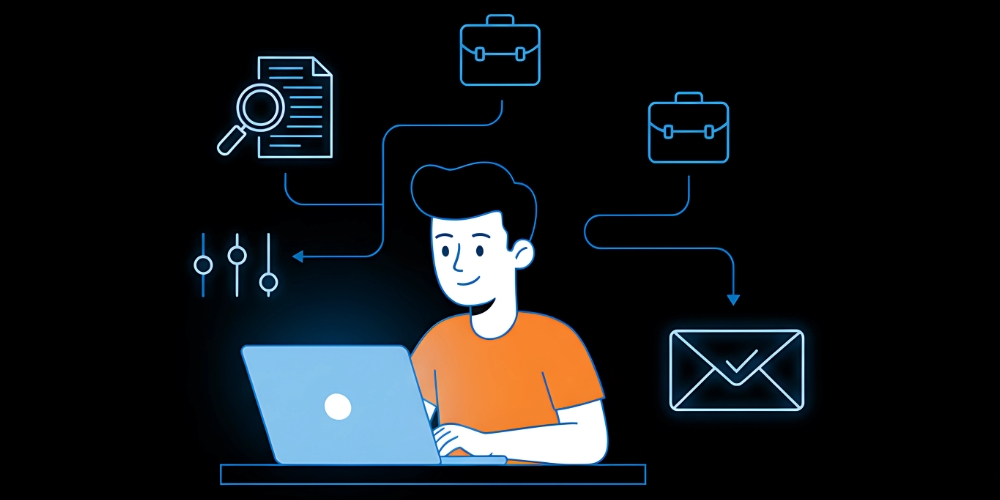
Here’s a clear sequence you can follow:
- Go to the LinkedIn Jobs tab
Click “Jobs” on LinkedIn’s top menu.
- Search a role + location
For example: “Marketing Assistant, Karachi” or “Graphic Designer, Remote.”
- Use the filter “Easy Apply”
On the left side (or top on mobile), toggle or check the “Easy Apply” filter. This restricts results to jobs that accept simplified applications.
- Apply keyword filters
Use secondary keywords (e.g. “remote,” “entry level,” or your field) to refine further.
- Sort by “Newest”
Apply early. Many roles close or ignore late applicants.
- Click into roles carefully
Even with Easy Apply, some jobs will redirect you. Read the full job description before applying.
- Attach a custom resume when possible
If the option is there, upload a version tailored to that job.
- Track your applications
Use a simple spreadsheet: job title, date applied, status, follow-up date.
That’s the basic flow you’ll use each time you hunt for an Easy Apply job. Consistency matters.
Find the Right Filter Quiz
Test how well you know how to find Easy Apply jobs on LinkedIn.
1. What filter helps you find jobs faster on LinkedIn?
2. What’s the smartest sort order to use?
Tips to Maximize Success with Easy Apply
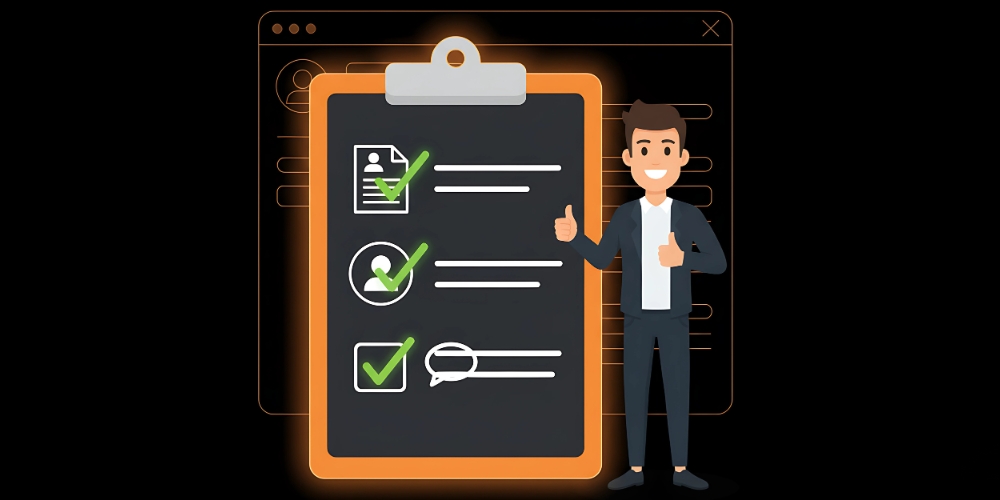
Tailor your profile & resume
Even though the process is quick, make sure your headline, skills, and experience line up with the job. A recruiter should see relevance at first glance.
Add a short note if allowed
Some Easy Apply forms allow a brief message. Use that to show genuine interest or highlight a key qualification.
Apply early
The first few hours after posting see the most attention. That gives you a better shot.
Limit volume; focus on quality
Data suggest that response rates for Easy Apply are modest, often ranging from 3% to 13%. Instead of 50 random applications, pick 10 very relevant ones.
Follow up
If you don’t hear anything in 7–10 days, drop a short, polite message to the recruiter or hiring manager (if you can find them).
Optimize for the recruitment process
Understand that many companies use applicant tracking systems (ATS) to filter resumes. Use simple layouts, relevant keywords, and clear formatting.
Be aware of how LinkedIn Easy Apply works behind the scenes
Sometimes LinkedIn Easy Apply automatically shares your profile details with employers. Understanding how LinkedIn Easy Apply works helps you ensure your profile is complete and polished before you apply.
Stay updated with AI trends in hiring
Many recruitment teams now use AI in recruitment tools to filter applications, assess candidate fit, or rank profiles. That means your resume should also be optimized for machine reading.
Common Mistakes to Avoid with Easy Apply
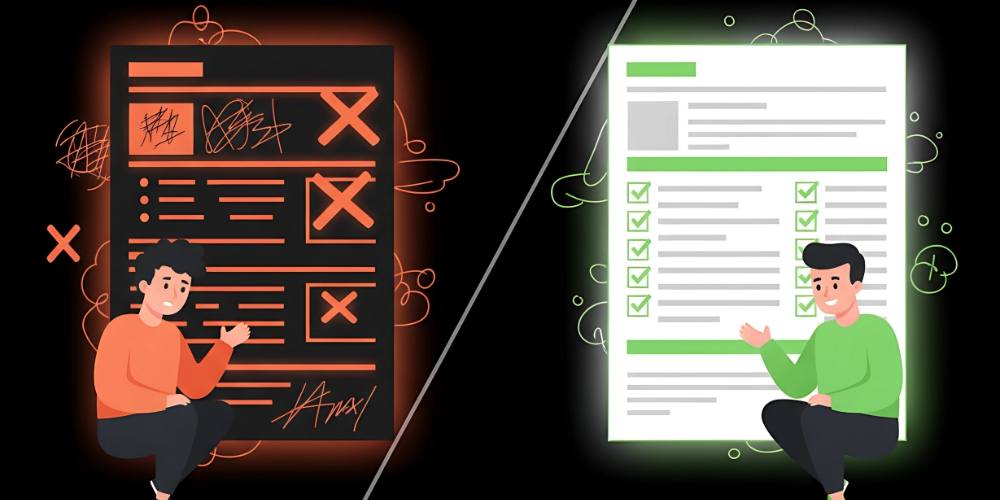
Applying to 100 jobs with the same repetitive resume might feel productive, but it rarely works. Here’s where most people go wrong when using LinkedIn Easy Apply:
1. Using one generic resume for all roles
Recruiters can spot a one-size-fits-all resume instantly. Tailor it for each job’s skills and description.
2. Ignoring the job description
Many skip reading the fine print. It matters. Job ads often contain specific qualifications or questions you’ll miss if you are in a rush.
3. Forgetting to update your LinkedIn profile
Easy Apply sends your current profile automatically. If your profile headline or experience is outdated, your application won’t stand out.
4. Applying without checking the company’s reputation
Some listings are outdated or duplicated by staffing agencies. Always click the company name to verify legitimacy.
5. Applying too late
According to LinkedIn, applying within 10 minutes when the job application opens gets higher attention from recruiters. Easy Apply jobs can close fast, so timing counts.
6. Over-applying daily
Flooding recruiters with irrelevant applications can actually hurt your visibility. Focus on roles aligned with your experience and career goals.
Avoiding these small mistakes can dramatically improve your response rate and help you progress faster in the recruitment process.
Benefits of Using Easy Apply

Many job seekers underestimate how powerful Easy Apply can be when used strategically. Here are the main advantages.
Speed and convenience
It’s simple. Applying takes seconds. You skip long registration forms and external career portals, which saves time, especially when you’re applying to multiple roles.
Wider access to opportunities
The Easy Apply option opens doors to a broad range of roles across industries and experience levels. It helps candidates reach companies they might otherwise overlook because of long or complex application forms.
Better visibility for entry-level and mid-career professionals
Companies often use Easy Apply for junior and mid-level positions where skills matter more than cover letters. It’s a solid way to reach recruiters quickly.
Built-in job tracking
Every job you apply to via Easy Apply is automatically stored under “My Jobs.” That helps you track your activity, review your submissions, and follow up systematically.
Higher engagement from recruiters
Recruiters scan applications quickly, so your profile and resume need to make an instant impression. When your details match the role and your application arrives early, you’re far more likely to grab their attention and move forward in the process.
Mobile-friendly process
Easy Apply is built for speed across devices. Whether you’re on your phone or laptop, applying during a commute or break becomes effortless.
When used with intention, how to find easy apply jobs on LinkedIn becomes less about luck and more about a smart, time-saving system to reach hiring managers faster.
Match Your Motivation
What’s your favorite thing about Easy Apply?
Conclusion
The truth is, Easy Apply isn’t a magic wand. It’s a tool, and like any tool, its success depends on how you use it. When you tailor your profile, attach the right resume, and stay selective, you give yourself a real edge.
The next time you wonder how to find easy apply jobs on LinkedIn, remember that it’s not just about speed. It’s about clarity, consistency, and strategy. Keep refining your approach, keep learning from feedback, and let each click take you one step closer to the role you deserve.
FAQs
Yes, they do. Especially when your resume and profile align closely with the job. Recruiters prioritize qualified candidates, regardless of the method used to apply.
Absolutely. You can upload a customized resume for each role directly within the Easy Apply form. It’s the best way to show relevance for every position.
It depends. Easy Apply saves time and works well for most jobs. However for senior or niche roles, applying directly through the company’s portal may allow you to include more details or answer screening questions.
Quality beats quantity. Focus on around 5–10 high-relevance applications daily. That balance lets you personalize each one while keeping a steady search pace.

